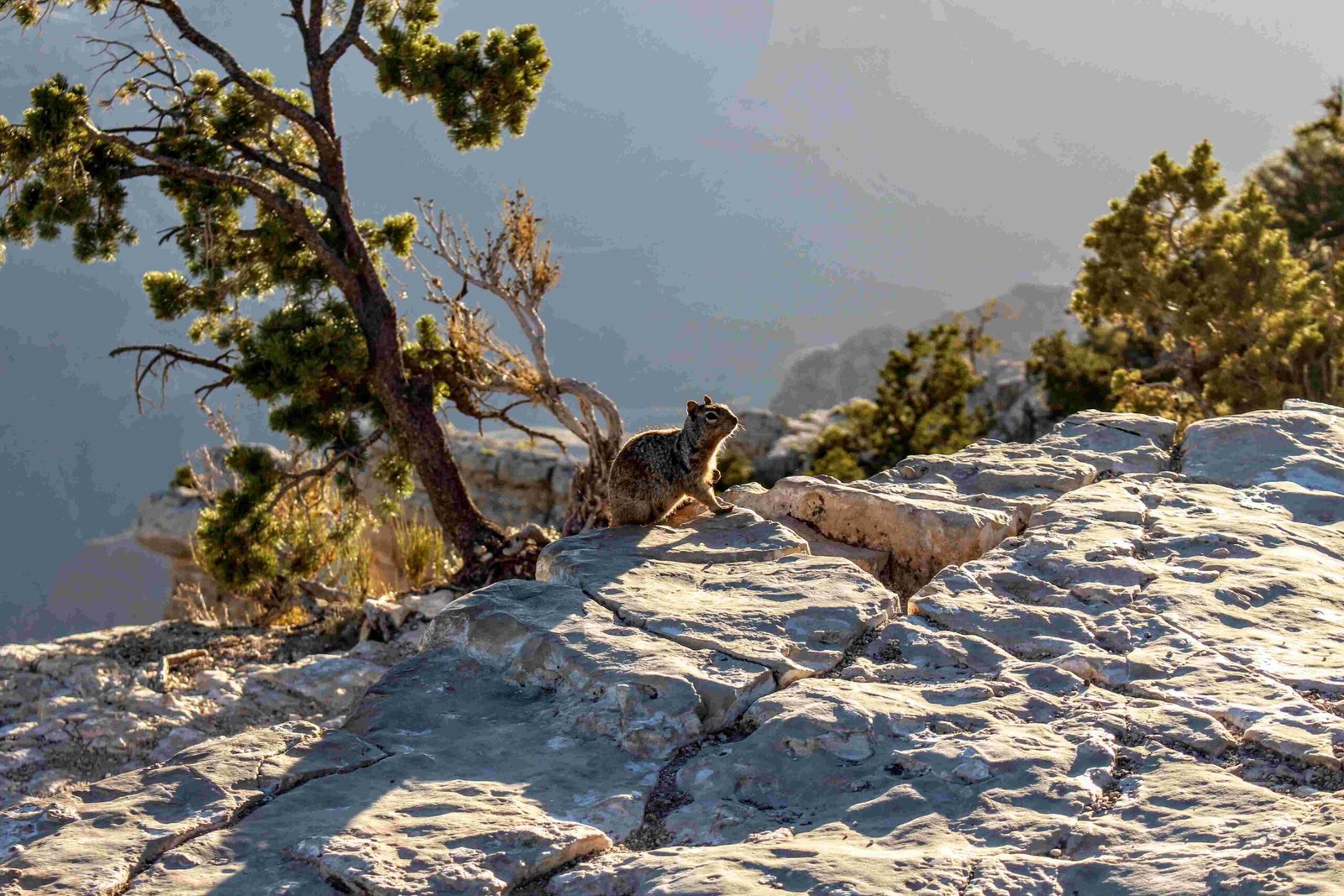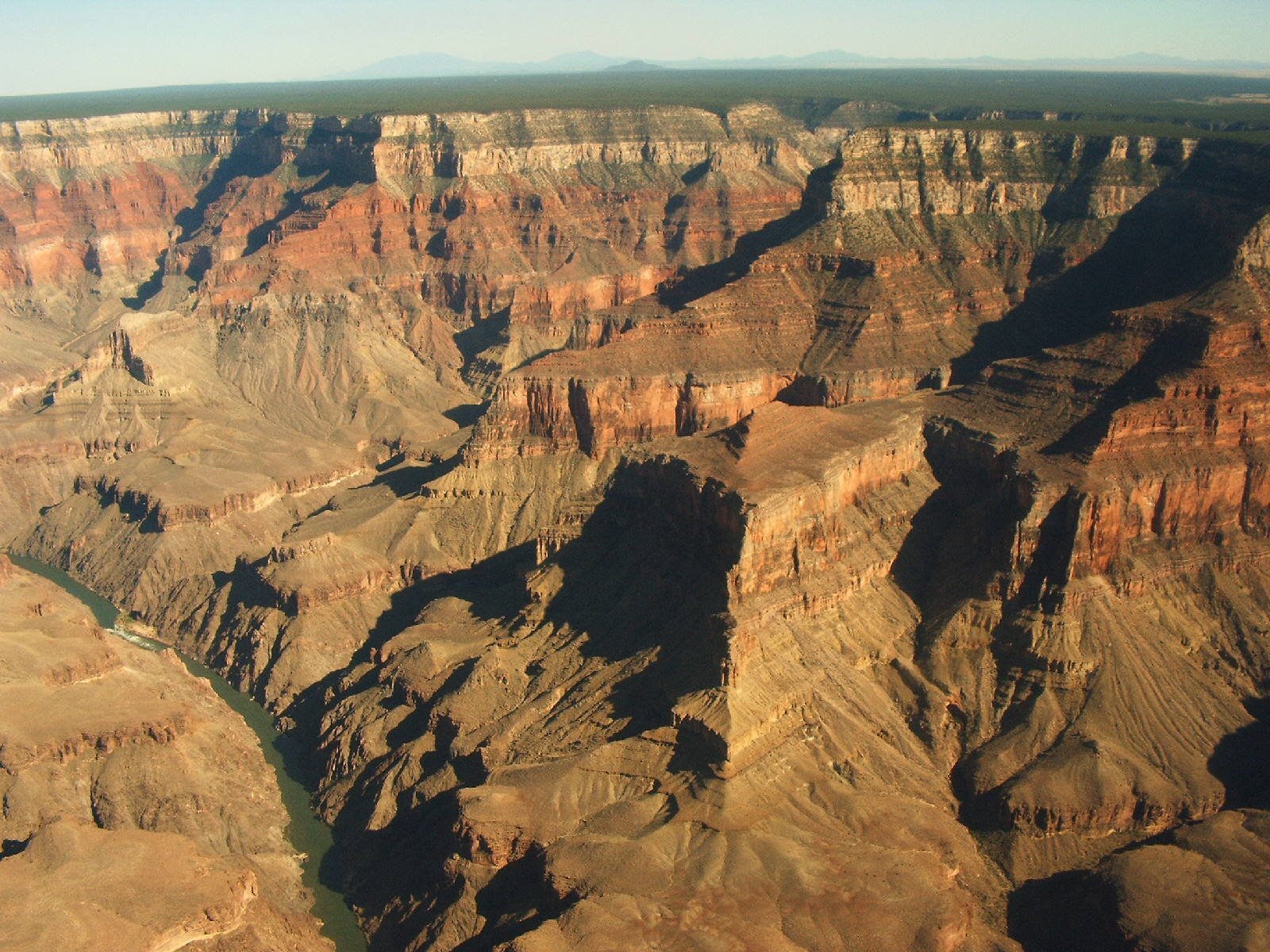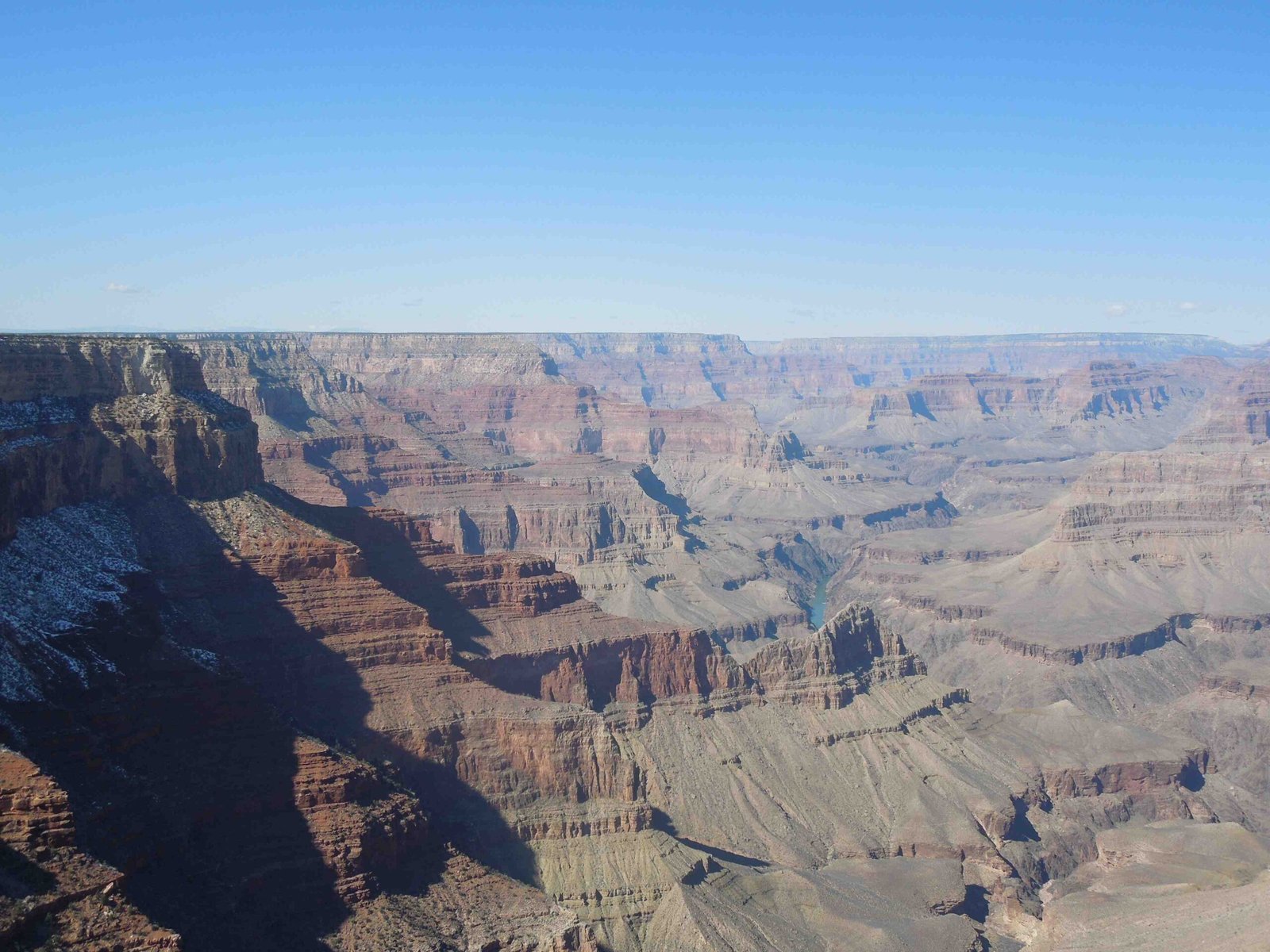The Grand Canyon represents a dynamic geological marvel, experiencing continuous transformation through complex erosional processes, climate variations, and tectonic activities. Over millions of years, this extraordinary landscape has undergone remarkable changes, with erosion rates, sediment deposition, and rock layer modifications creating a breathtaking natural wonder that tells Earth’s profound geological story.
What Drives Grand Canyon Changes?

How Do Geological Processes Shape the Canyon?
The Grand Canyon’s transformation occurs through multiple interconnected mechanisms:
Erosional Dynamics
- Average Erosion Rates:
- Western Canyon: 0.00025 feet per year
- Eastern Canyon: 0.0005 feet per year
Climate Impact Factors
- Ice Age Influences
- Seasonal Weather Variations
- Precipitation Patterns
| Geological Period | Key Changes | Duration |
|---|---|---|
| Precambrian | Initial Rock Formation | 1.8 billion years |
| Cenozoic Era | Canyon Excavation | 20 million years |
| Recent Millennia | Human-Influenced Modifications | Last 10,000 years |
What Causes Sediment Transformation?
Sediment changes in the Grand Canyon result from:
– Water flow dynamics
– Volcanic activity
– Tectonic movements
– Climate fluctuations
How Do Volcanic Activities Contribute?
Between 1.8 million and 500,000 years ago, volcanic activities:
– Created 13 distinct lava dams
– Blocked Colorado River
– Generated temporary lakes up to 2,000 feet deep
Quantitative Erosion Insights

The Grand Canyon’s erosion follows a nuanced pattern:
– Western section: Slower erosional rate
– Eastern section: More rapid transformation
– Average depth progression: Approximately 1 foot per 4,000 years
What Human Factors Influence Canyon Changes?
Recent human interventions have significantly impacted canyon dynamics:
1. Dam construction
2. Water management projects
3. Sediment flow interruption
Scientific Observations
Researchers have documented fascinating changes:
– The canyon’s current depth was nearly established 1.2 million years ago
– Geological layers represent billions of years of Earth’s history
– Continuous microscopic changes occur through:
– Water infiltration
– Freeze-thaw cycles
– Mineral dissolution
Visitor Perspective on Grand Canyon Changes
Visitors can observe geological transformations through:
– Guided geological tours
– Interpretive center exhibits
– Hiking trail educational markers
Accessibility and Exploration
- South Rim: Open year-round
- North Rim: Seasonal accessibility
- Multiple observation points
- Professional guided geological tours
Conclusion
The Grand Canyon remains a living geological testament, continuously evolving through complex natural processes that span millions of years.

